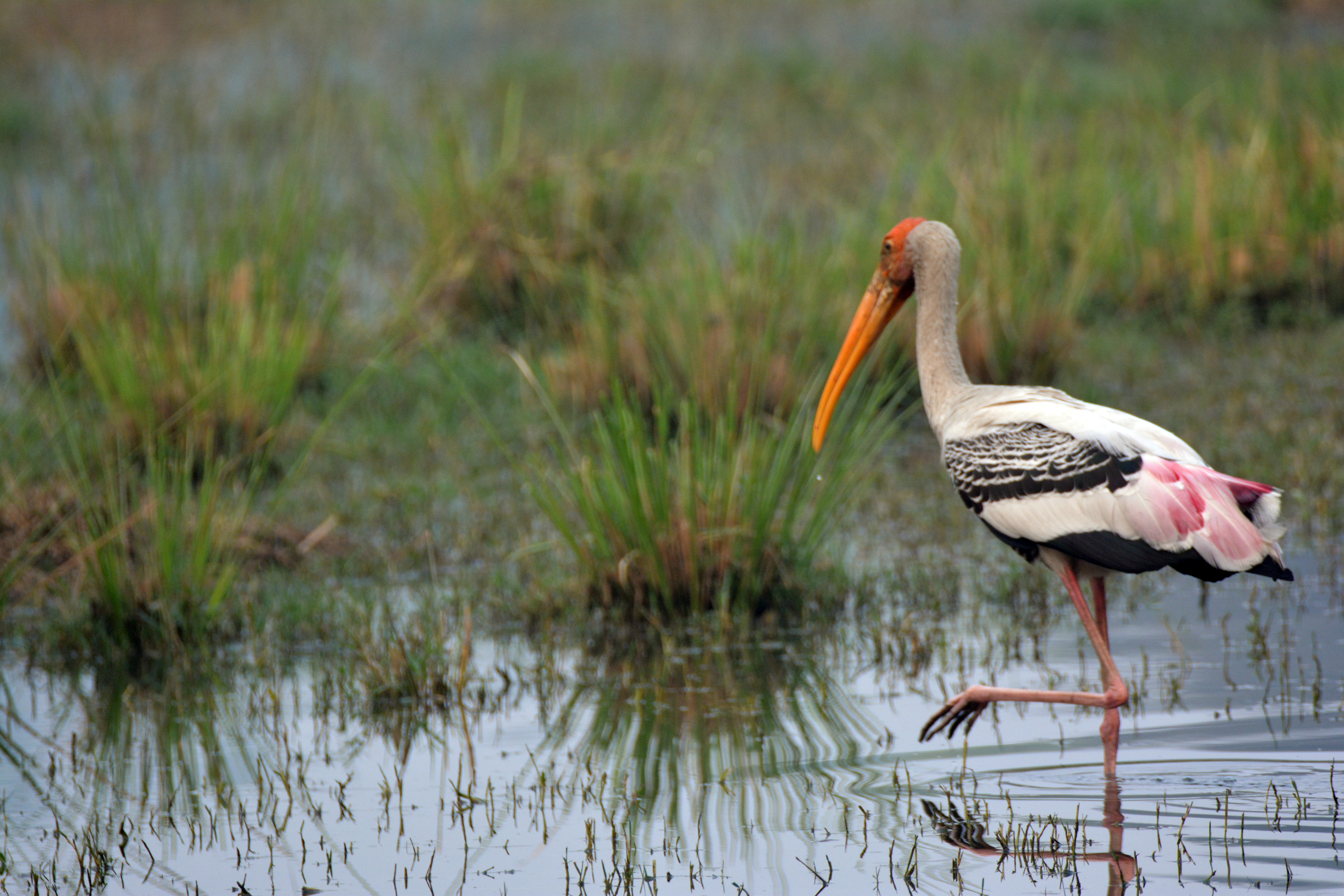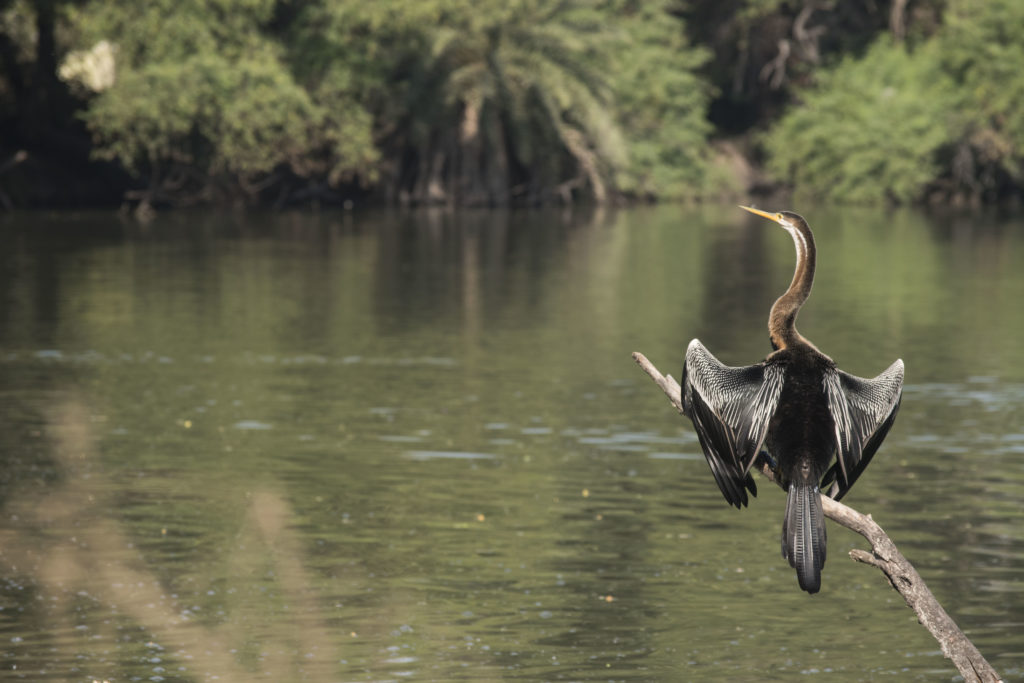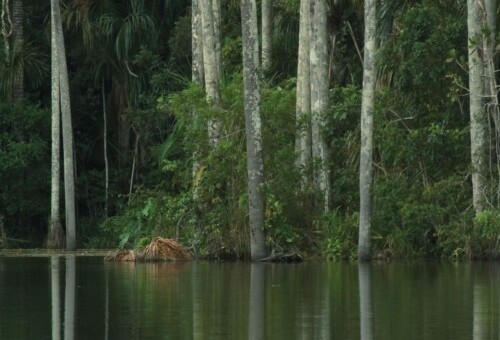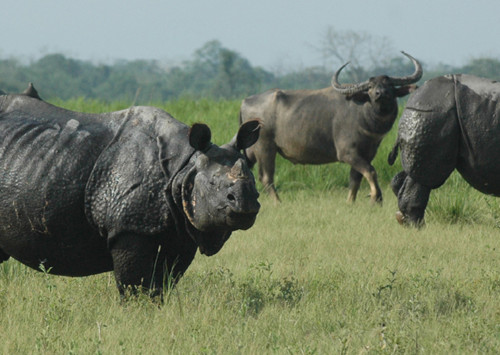Migratory birds in Delhi this winter
While some birds did migrate to wetlands in the capital this winter, human intrusions kept some at bay.
Every winter, the Indian capital, New Delhi welcomes various visitors flying in from long distances. These guests are the migratory birds, which flock to various water-bodies in the city, especially to the hotspots of Yamuna Biodiversity Park (YBP), Okhla Bird Sanctuary, Surajpur Wetland, National Zoological Park, and Asola Bhatti Sanctuary.
While some like the Ferruginous pochards fly in annually, birds like the pallid harrier and the Brown hawk-owl made their debut sighting this winter.
“This is the first time that we have spotted a pallid harrier at Asola Bhatti Wildlife Sanctuary. It is an uncommon sighting,” the Indian press quoted Sohail Madan, centre manager at Conservation Education Centre maintained by the Bombay Natural History Society at the sanctuary.
A red-headed vulture – declared as critically endangered species on the International Union for Conservation of Nature (IUCN) red list, was also a new species to be spotted. From the list, the oriental darter and local migratory species such as the painted stork, woolly-necked stork, river lapwing and black-headed ibis were also spotted alongside migratory species such as the greater spotted eagle and ferruginous duck.
Other birds which have been spotted so far this winter are from Central Asia such as the greylag geese, bar-headed geese, and north Asian migratory birds such as the common teal, northern shoveler, Eurasian wigeon and Eurasian coot.
During the months of November- December 2017, 253 species were recorded by birders across Delhi NCR.
“There has been an increase in waterbird species diversity. A total of 11,622 birds were spotted across 63 species. This is in comparison to 53 species and 6,183 total birds in 2017. In 2016, this was even less — 46 species and 3,113 birds,” Indian media quoted T K Roy, ecologist and Asian Waterbird Census Coordinator. The census is carried out across the country at important wetlands to help identify and protect new sites for birds.
On the contrary, some parks and wetlands on the outskirts of the capital have experienced a decline in the number of birds flying in.
As per a census, the number of visiting migratory birds at Najafgarh Jheel in Gurgaon has gone down slightly this year. This is owing to less rainfall and more human intrusion near the water-bodies.
“Increasing urbanisation, wildly growing rural settlements are one of the major reasons for the reduction in pairs/numbers of migratory avifauna species. Often it’s fertiliser-laden water, bare electric lines, a poorly managed waste disposal that also leads to their death,” says Nishant Andrews, who has been out working in Okhla Bird Sanctuary, Bharatpur Bird Sanctuary for the World Wildlife Fund for Nature, India (WWF India).
“Siberian crane has been missing from Bharatpur Bird Sanctuary for 8-10 years now, and the Siberian rubythroat is now only rarely sighted in Delhi’s protected areas,” Andrews tells us.
A survey by an NGO also showed that the pollution levels in the capital kept some birds away from the Okhla Bird Sanctuary and Surajpur Wetland and Natural Forest. While 11,000 migratory birds of 64 species, and over 3,000 birds of 52 species visited the parks respectively, the count is less when compared to last winter.
Environmentalists have pointed that birds have difficulty in breathing as their heart beats faster than humans, leading them to inhale more pollution. Poor visibility is also keeping them away from their food as they are not able to locate it.














